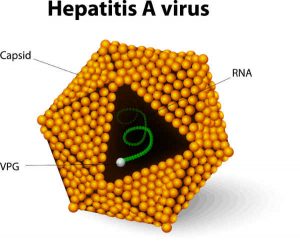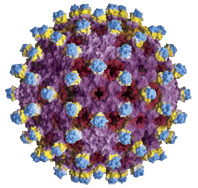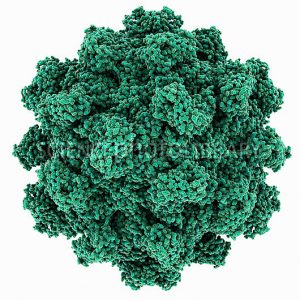Hepatitis
Six different viruses are now known to cause hepatitis—hepatitis A, B, C, D, E and G. Hepatitis A, B and C account for almost 95% of all cases of viral hepatitis. The other strains are uncommon.
For further information on heptitis viruses click on the links below.
Hepatitis C






